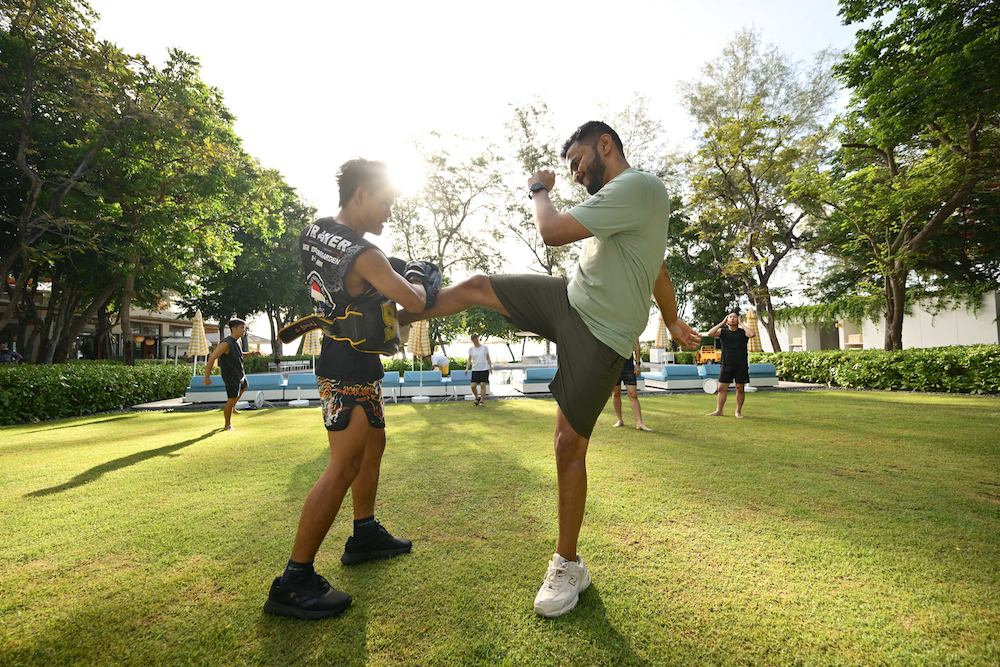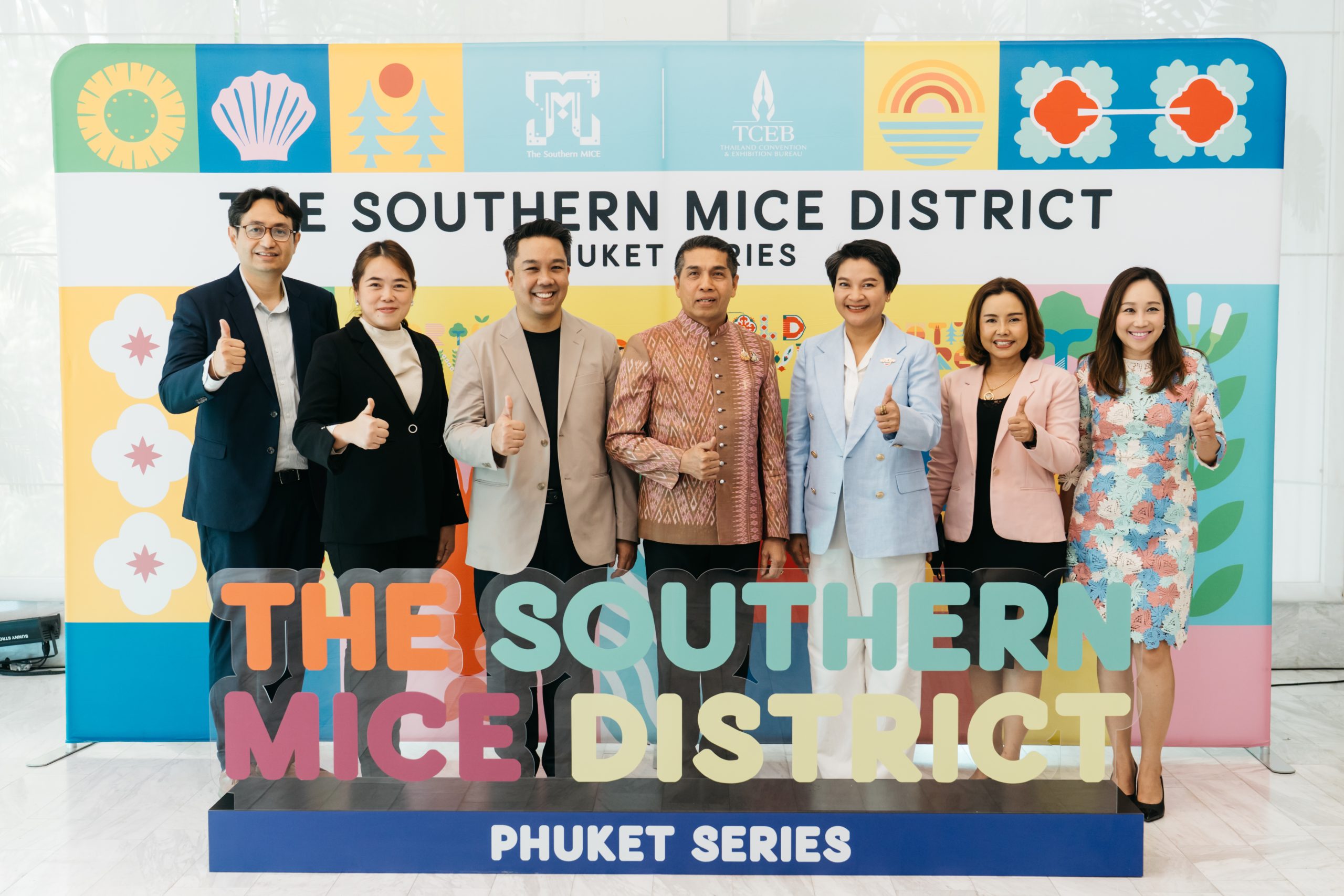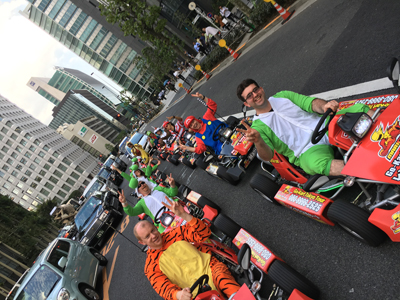
AFTER lagging behind its Western and other Asian counterparts for too long, Japan is beginning to catch up on MICE. The JNTO, Japan’s national tourism organisation, and some regional offshoots are now actively promoting meetings, incentives and business events in overseas markets.
With a mix of high-level conference facilities, unique cultural activities, and an ever-growing range of high-end accommodation, Tokyo can tick all the business event boxes you can think of, and, if you team up with the right local partner, many more you might never have considered.
Even smaller cities – like Hiroshima in the far west and Kanazawa on the northern coast – are gradually fulfilling their potential for meetings and incentives.
Find a local partner
To ensure successful events and itineraries in Japan – even in a major city like Tokyo – the combination of language barriers and the importance of having local connections are vital for planners from overseas.
“It’s difficult to go direct to a geisha, sumo stable or the like; they rarely have a website. Nor will they likely offer anything beyond a standard tourist experience, if you don’t have a connection,” says Jarrod Stenhouse, managing director, Japan, for Destination Asia.
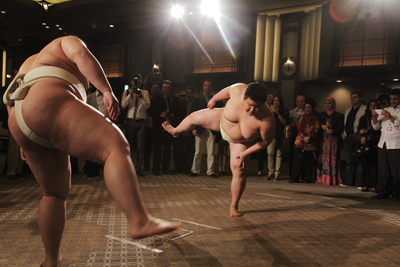
“About 90 per cent of the time, people end up going directly to a hotel to arrange conferences and side activities, which overcomes the language issues, but one slight drawback is that hotels aren’t DMCs or tour operators.
“Ninety-five per cent of what they offer takes place within their property – and isn’t especially customisable – and for other things they will likely refer their clients to a company like us.”
Fortunately, Japan – Tokyo in particular – now hosts a broad selection of upper-end hotel chains that can deal with planners from overseas. Looking at the conference and event end of the scale, 10 of the Hilton’s properties across Japan, for example, can host and plan events, including those in conference cities such as Tokyo and Osaka, plus tourism-focused locations like the winter sports resort of Niseko in Hokkaido and sub-tropical Okinawa at the opposite end of the archipelago. Many of the Hyatt’s properties, including those in Tokyo and Kyoto, can do likewise, as can other international brands.
Unique experiences
One of the main reasons to find a local partner is that they can help you create exclusive experiences not accessible to tourists or via standard bookings. Take something like sumo. In English, you could book your own visit to a tournament or a training session just by going online to a travel agent like Japanican or Rakuten Travel, and get a good tourist experience on a tight budget. Or, you could have a customised experience.
“For sumo, for example, a local DMC could help you set up an event with one of Tokyo’s sumo stables. We’ve done a few where we’ve had professional sumo wrestlers come along and had large sumo suits for the participants to get dressed up in and then have bouts. Very popular after a few drinks,” says Stenhouse.
“Another popular one for Tokyo is a meal at Gonpachi, the restaurant in Kill Bill. Anyone can make a reservation there [a hotel should be able to book a table for you], but we’ve actually hired it out for groups before and had some of the local martial artists who appeared in the film come along to chat and perform.”
Ometonashi at the heart of Tokyo
Geraint Holt, managing director of destination and event management company The J Team, which has offices in Tokyo and Kyoto, tells a story about drift racing that shows just how much can be made possible if you work with a local expert.
“We had a group from Australia a few years ago who knew very little about Tokyo other than what the coordinator had seen in the film Fast and Furious: Tokyo Drift. They wanted to street race, which, of course, is illegal, but we managed to find a legal drift-racing team based north of Tokyo in Fukushima, and then we found a large private car park we could use in Odaiba – because the port in Yokohama featured in the actual film was off limits,” Holt says.

“In the end, we had four souped-up cars and a group of Aussies going nuts, and sometimes doing doughnut [manouvres] and with the drift team coming down from Fukushima, which is one of the prefectures badly affected by the earthquake, tsunami and nuclear accident of 2011, there was also an element supporting the Tohoku region.”
If you wanted to take to the actual streets of central Tokyo, one option is to dress up like video-game character Super Mario. Since Destination Asia arranged its first Mario cart day last year, Stenhouse says it has become the firm’s most inquired about activity.
“The company we use has 60 Super Mario carts, so you can take a big group out, all dressed up in Mario outfits and miked up to a guide. The incredible thing is that you can drive around in actual traffic, through busy central areas like Shibuya and Shinjuku. I can’t think of another major city where you can do something like that,” Stenhouse says.
Kanazawa & Hiroshima
For conferences and events, the Japanese government promotes and tries to distribute business between seven cities – Tokyo, Yokohama, Chiba, Fukuoka, Osaka, Sapporo, and Kyoto. The problem, as Holt explains, is that Japan hasn’t developed the incentive infrastructure to the same extent as these cities have for conference and events.
“The ‘M&I’ part of MICE is still about three quarters in just Tokyo, Kyoto and Osaka. Another issue is that we tend to follow the lead of the travel and leisure industry, going to destinations that have already built up a brand and with enough cultural attraction and the kind of facilities that can host large groups at a four-star and above level,” Holt says.
“Yokohama is a city I lived in for 20 years and love, but it’s a hard sell as it’s quite western; popular domestically for things like Chinatown, a foreign cemetery and old Western architecture, but not so much with overseas visitors,” he adds.
“One candidate for future growth could be Kanazawa, which has a lot of the same traditional cultural appeals as Kyoto, but without the crowds or the mass tourism feel, and is now connected to Tokyo via bullet train. The problem there, so far, is a shortage of top-level accommodation.”
Japan business tourism to get boost with ITB Asia deal
For Stenhouse, Hiroshima in the far west of Japan’s main island, Honshu, is another interesting prospect.
“Because of the companies based there, Hiroshima attracts a lot of automotive events. It also has an alternative attraction through its A-bomb history. It’s getting harder to do as the survivors are now getting very old, but we have organised incentive tours there that have included meeting A-bomb survivors,” he says. “And, just on Hiroshima’s doorstep you have Miyajima island and the famous ‘floating’ torii gateway at its Itsukushima shrine, as well as easy access to well-preserved towns and other interesting cultural experiences.”
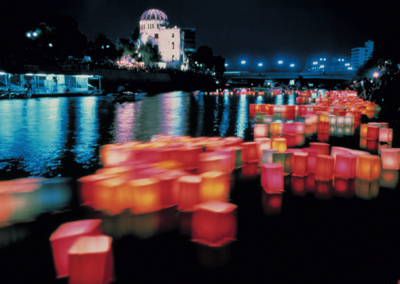
Teahouses & ryokan
There are numerous other possibilities outside the main conference cities. You could host events in places like Matsumoto castle or on temple grounds (just be aware that there’ll be fairly inflexible regulations, no matter how much you are willing to pay).
You could hire out a traditional teahouse for an event in one of classic gardens scattered around Japan. The thing to remember is that it’ll be hard to go to these locations with a large group unless you can compromise on accommodation quality and uniformity.
The latter is especially true if you book traditional accommodation like a ryokan. First, the better ryokan don’t tend to have more than several dozen rooms – some have just a few – and they tend to be reluctant to be fully booked out by a single client.
Tokyo draws delight from Siggraph Asia conference
“At the best ryokan, the experience is incredible [with the traditional tatami rooms and paper screen doors, the fine food, the service, and more], but another issue is that each room is unique. In your group, one person might have a room with its own private outdoor hot-spring bath, another might have a more modest and by Western standards cramped room. You need uniformity to keep everyone happy,” Holt says.
“In any group, you will also have people who can’t or won’t sleep on a futon on the floor, which makes it difficult to please everyone, even if the experience is certainly unique.”
Kyushu incentive campaign
Kyushu, the third-largest and most southwesterly of Japan’s four main islands, is home to one of Japan’s seven key convention and event cities, Fukuoka, but it doesn’t regularly attract anywhere near the MICE numbers as Tokyo, Kyoto or Osaka. In an effort to rectify that, with the Visit Kyushu Incentive Group Campaign the area is offering free events and tours to groups accumulating more than 100 guest nights in Kyushu, including sake tasting sessions, calligraphy experiences, and samurai and folk dance performances.
